The historical flow in Southern Vietnamese ceramic glazes
The pottery heritage in Southern Vietnam is not only present as a form of handicraft, but also as a testament to urban history, reflecting the material and spiritual life of the people of Southern Vietnam over many centuries.
With the theme "Archaeological relics and the imprint of Saigon ceramics in the flow of history," Dr. Nguyen Thi Hau, an archaeologist, introduced typical artifacts from archaeological sites in Ho Chi Minh City. According to her, Saigon ceramics not only possess aesthetic value but are also the product of a period of strong economic and cultural transformation – a time when traditional craftsmanship combined with new urban tastes, creating a unique style for urban ceramics.
.jpg)
Dr. Nguyen Thi Hau, an archaeologist, at a thematic discussion session.
The distinctive features of Saigon ceramics lie in their restrained composition, meticulously hand-painted motifs, and warm, muted glazes. These ceramic vases, flower pots, incense burners, and other items are not merely functional objects but also bear the imprint of their era, telling the story of a bygone Saigon where East and West, tradition and modernity, intertwined.
.jpg)
Exhibition space for Southern Vietnamese ceramics at Nguyen Van Binh Book Street.
As for researcher Huynh Ngoc Trang, he offers a systematic perspective on Cay Mai pottery, a type of pottery that flourished in Cho Lon from the late 19th century.
Cay Mai pottery is known for its unique relief sculpting technique, which, instead of glazing like many other pottery styles, creates patterns that are hand-molded before glazing, giving depth and a lively, moving feel on the surface. Common decorative themes include the four mythical creatures, the eight immortals, birds and animals, flowers and leaves, etc., reflecting the strong influence of folk beliefs and the identity of the Sino-Vietnamese community at that time.
.jpg)
Researcher Huynh Ngoc Trang talks to people interested in Cay Mai pottery.
Equally important in the Southern Vietnamese pottery heritage is Lai Thieu pottery, which collector Nguyen Huu Phuc, Chairman of the Thuan An Antique Association, brought to the table in a dialogue space with a wealth of useful information. Lai Thieu pottery is closely associated with the daily life of the people of Southern Vietnam: from jars, pots, and grinding mills to religious statues and flower pots... With three main lines - Guangdong, Chaozhou, and Fujian - Lai Thieu pottery demonstrates diversity in shape, color, and material mixing techniques, depending on each kiln and historical period.
"Today's pottery collectors, in addition to collecting, also need to understand the history, techniques, and cultural value of each item. Each product is a piece of folk soul, the voice of the artisan poured into the earth and fire," Mr. Phuc said.
From forgotten heritage to a driving force for creative rebirth
Besides showcasing a rich heritage, the thematic discussion also raised many important questions about the current state and future of traditional pottery in Southern Vietnam. Over time, as modern life changes, traditional craft villages like Cay Mai and Lai Thieu are gradually declining; partly due to competition from industrial products, and partly due to a lack of successors within the community.
.jpg)
A corner of the Southern Vietnam Ceramics Exhibition - A Century of Milestones.
“Many pottery kilns have gone out, artisans are becoming increasingly rare, and the younger generation has limited opportunities to learn the craft. Without specific policies to support, preserve, and promote creativity from this heritage, we will lose a priceless part of our cultural memory,” Dr. Quách Thu Nguyệt shared her concerns.
Based on this reality, experts have suggested a new direction. Accordingly, it is not enough to simply "preserve the objects"; instead, creative adaptation should be promoted so that traditional ceramics can enter modern life in new forms: applied design products, contemporary art, interior design, fashion , etc. The survival of traditional ceramics does not lie in museums, but in its vibrant presence in the lives of young people today.
.jpg)
Collector Nguyen Huu Phuc, Chairman of the Thuan An Antiquities Association, shared his insights on Lai Thieu pottery.
Researchers have also put forward several specific proposals, such as building exhibition spaces and traditional pottery experience areas, incorporating heritage education into schools, and organizing regular pottery fairs and exhibitions… so that pottery is not just a part of the past, but also a part of the present, with enduring vitality and influence.
For experts and researchers, pottery is not just clay, but a cultural memory waiting to be awakened. Southern Vietnamese pottery, from ancient kilns, silently tells stories through each brushstroke, each crack in the glaze, each rustic yet soulful shape.
.jpg)
Experts and researchers took souvenir photos with the young people.
To ensure that this heritage doesn't lie dormant in museums, and that the passion for the craft doesn't die out in the hearts of artisans, the collective efforts of the community are essential, from administrators and researchers to young people and the general public. Because pottery is not just an object, but the crystallization of culture, memory, and the identity of the Southern region.
Source: https://baotintuc.vn/van-hoa/gom-nam-bo-di-san-tram-nam-giua-do-thi-hoa-va-ky-uc-dan-gian-20250526181002210.htm




![[Image] Vietnam's colorful journey of innovation](/_next/image?url=https%3A%2F%2Fvphoto.vietnam.vn%2Fthumb%2F1200x675%2Fvietnam%2Fresource%2FIMAGE%2F2025%2F12%2F14%2F1765703036409_image-1.jpeg&w=3840&q=75)





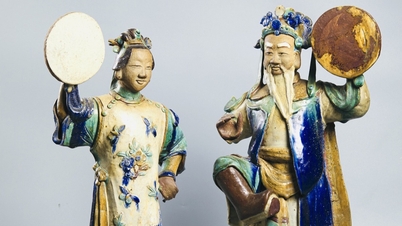

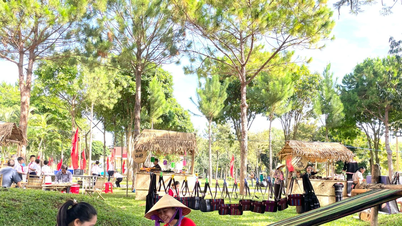

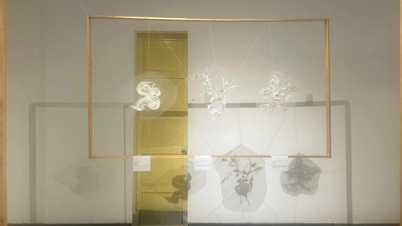

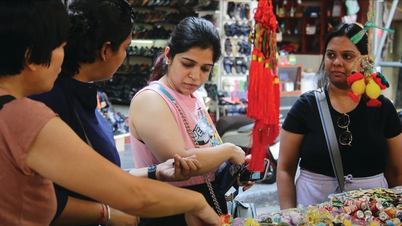

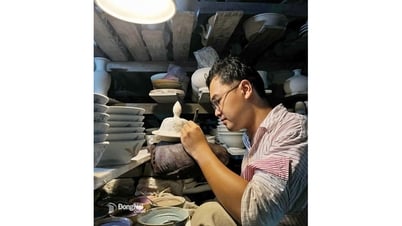

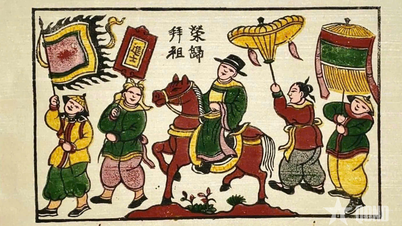

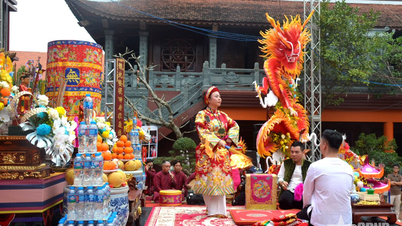

















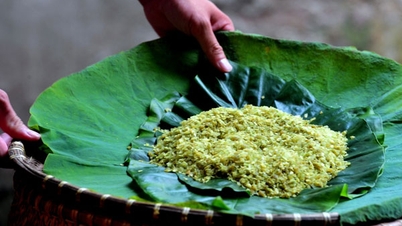







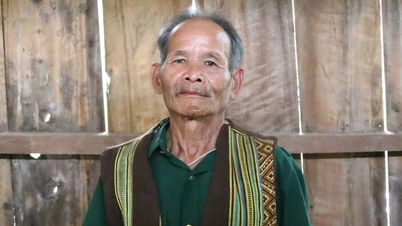






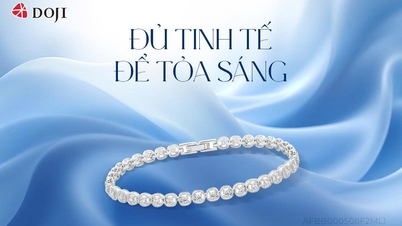
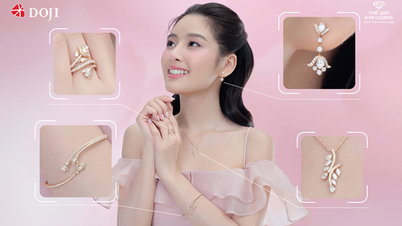

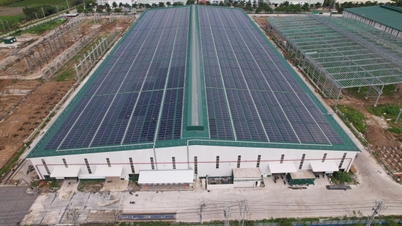





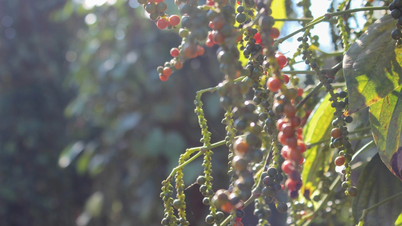

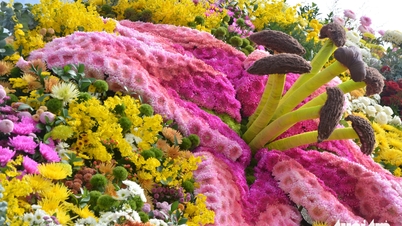



![[Image] Vietnam's colorful journey of innovation](https://vphoto.vietnam.vn/thumb/402x226/vietnam/resource/IMAGE/2025/12/14/1765703036409_image-1.jpeg)




































Comment (0)